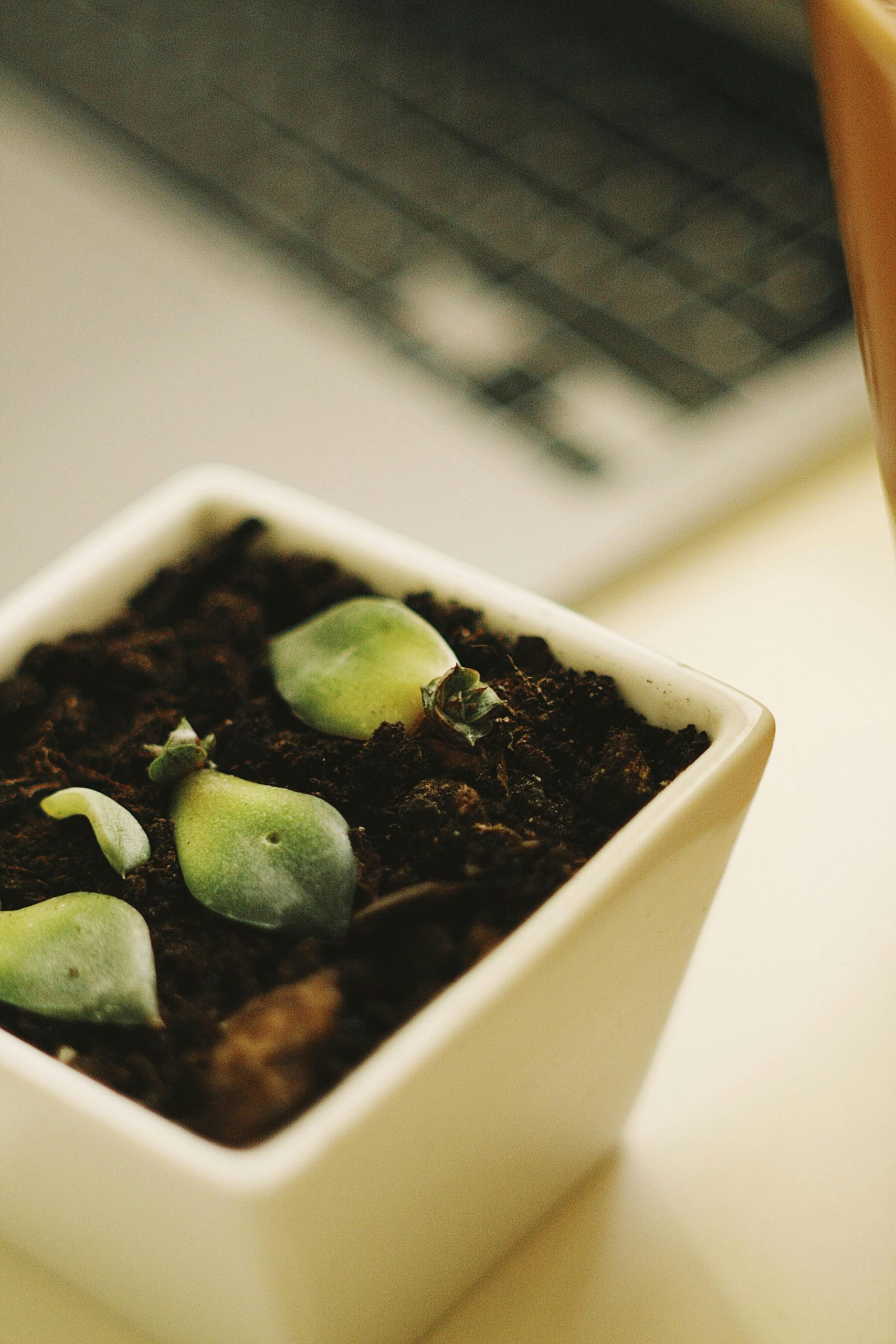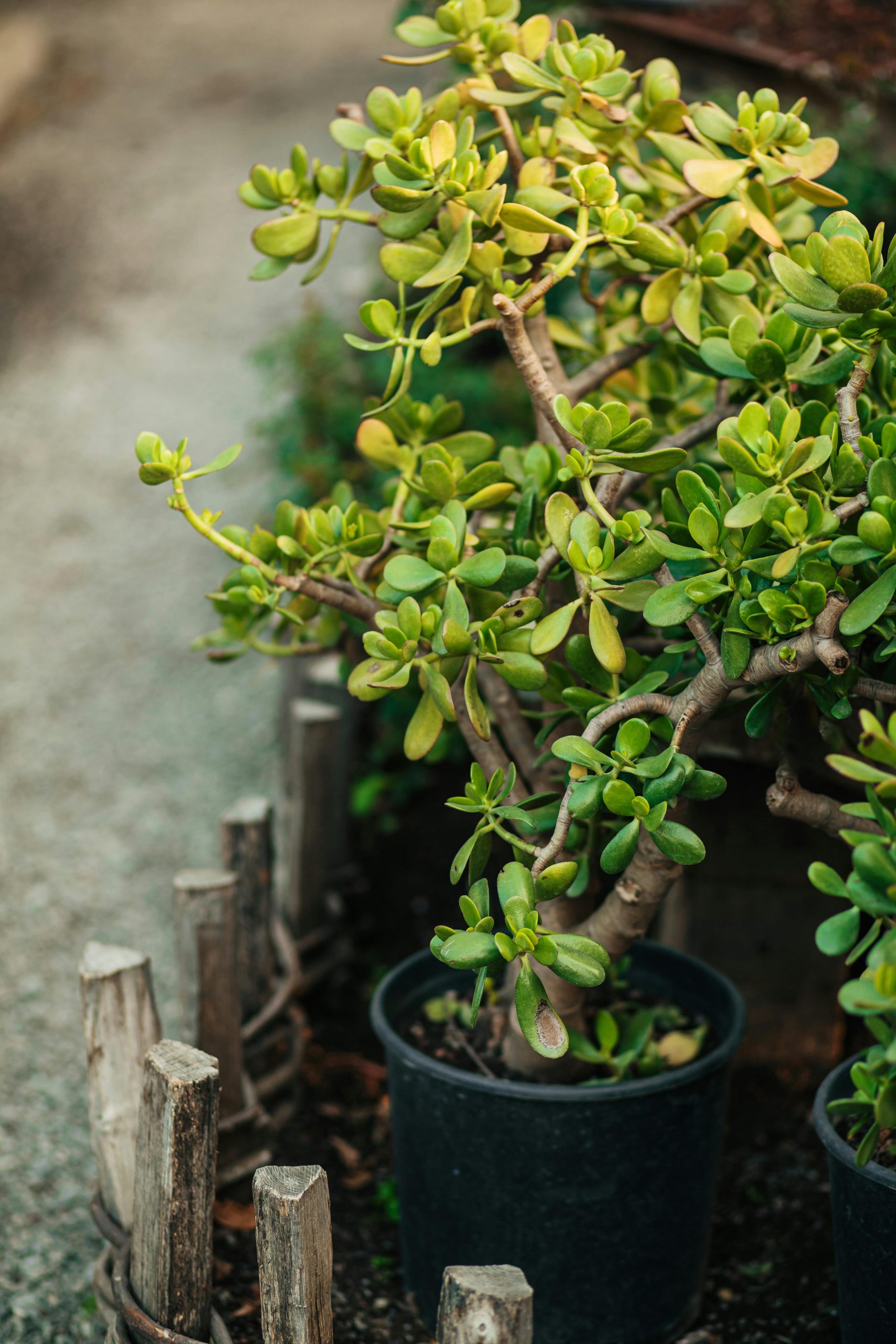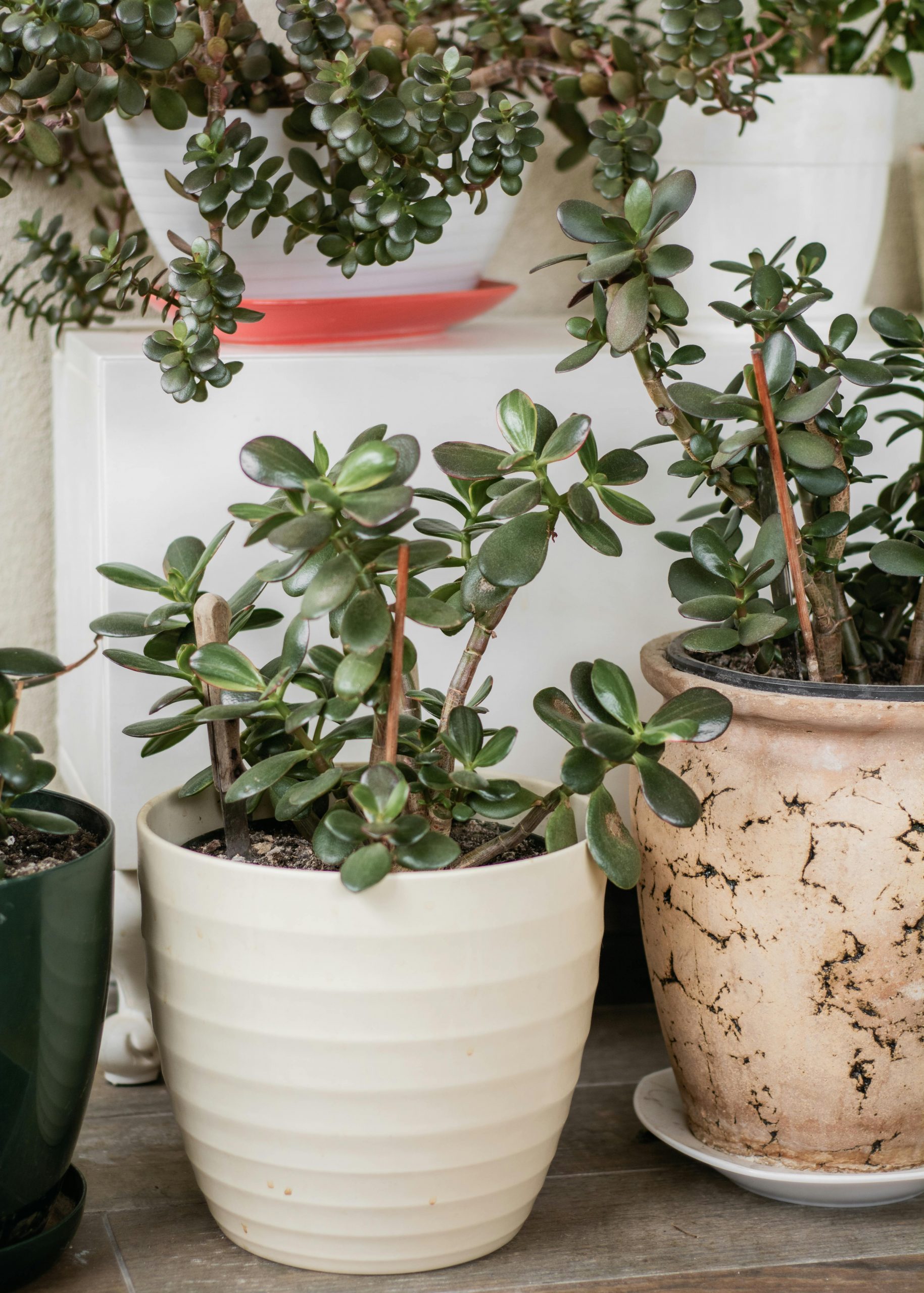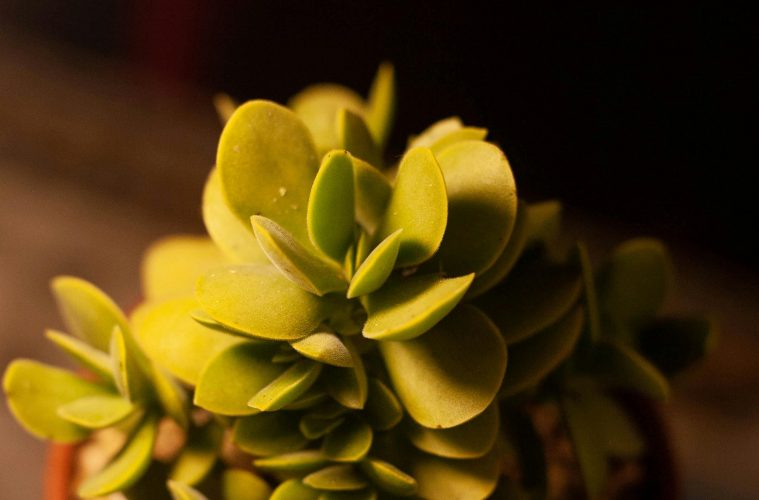The succulent plant family has seen a resurgence in popularity for its exceptionally hardy nature. The Jade plant is the favourite amongst houseplant enthusiasts for its round fleshy leaves, distinct tree-like form, and undemanding nature.
In the Asian community, the Jade plant is used for prosperity as part of the feng shui, which signifies luck. Learning how to grow your jade plant can be easy under the correct growing conditions.

Image Credit: Pexels
Growing the Jade succulent
Jade plants are generally grown indoors as houseplants but can also be cultivated outdoors in warmer regions. These houseplants benefit greatly from being moved outdoors in summer, responding to the additional sunlight and warmer weather. This move increases their growth and colour as they get more sunlight. When the weather is right, always move your jade houseplant to an area like your patio or balcony for that direct sunlight.
Similar to how most plants grow, they need good drainage soils to prevent root rot. The fun part about these houseplants is their tolerance, tolerating rocky to sandy soils. Just make sure the pot has adequate drainage, allowing the soil to dry out quicker, which helps prevent root rot.

Image Credit: Pexels
The care guide to your Jade houseplants
Although they are part of the succulent family, they prefer dry conditions, but jade plants can be tolerant of higher humidity. Indoor humidity the plant can manage, however, extreme humidity can cause the houseplant stress eventually killing it.
Every plant does need good watering, but the trick is understanding your plant. Jade plants die far more often to overwatering than under-watering. Their fleshy leaves act as a water reservoir. Always water the plants thoroughly allowing them to dry out completely in-between watering. With winter coming, reduce watering as the plants enter a period of semi-dormancy.
Read: Houseplants that are perfect for your windowsill
Regular pruning helps the jade plant maintain its shape. Because these houseplants store water in their leaves, older plants may become top-heavy as they mature and struggle to support their weight. Pruning is beneficial in this situation. Trim drooping branches back to the trunk to encourage healthier growth, but be sure to avoid cutting the main trunk of the plant.

Image Credit: Pexels
ALSO SEE: 5 HOUSEPLANTS FOR BEGINNERS
Feature Image: Pexels


